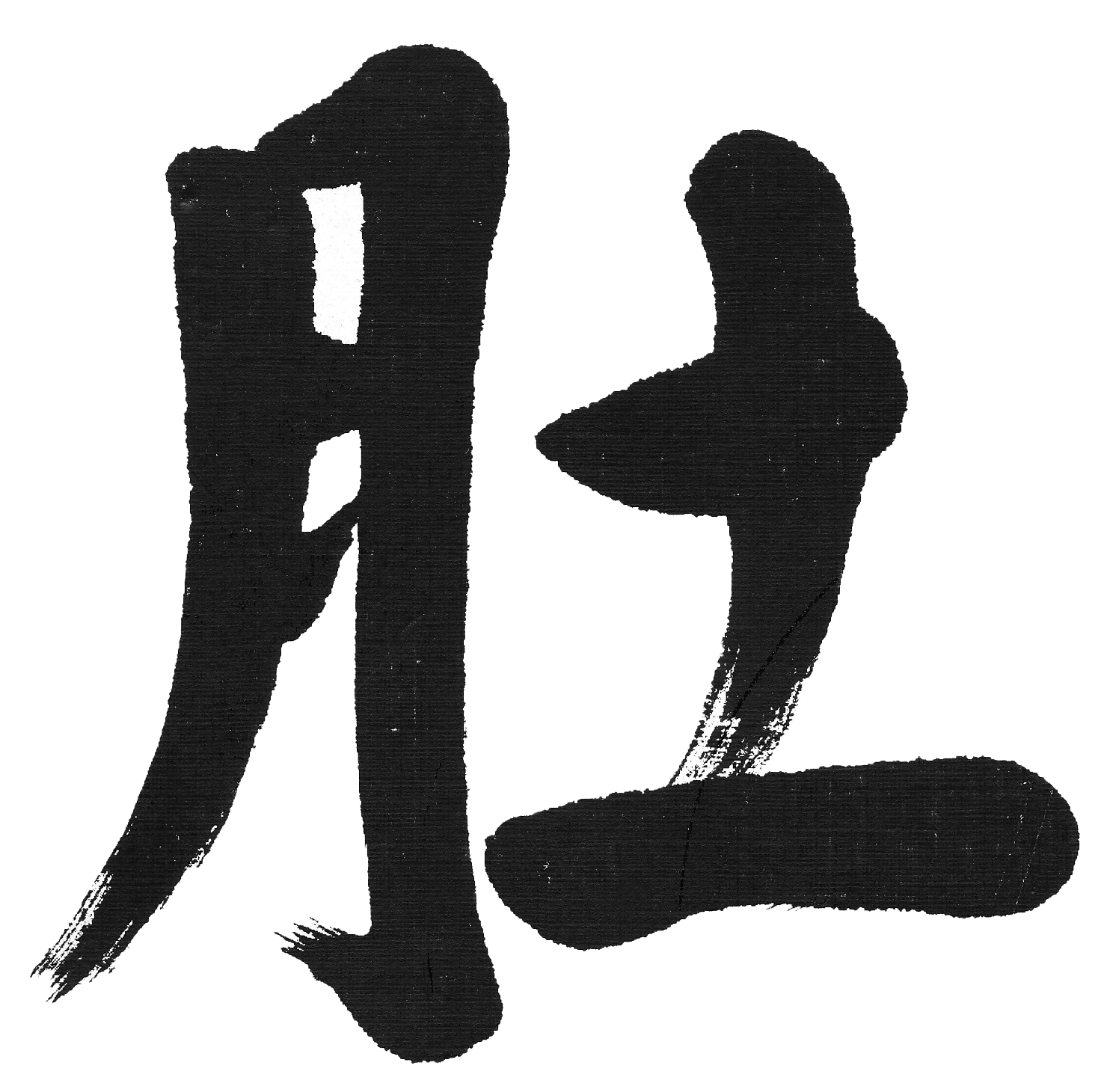Hara and Zazen
As I explained in earlier posts, the traditional ways to develop hara are training in zazen and training in the martial arts. In this post, I will concentrate on aspects of zazen that can be helpful in developing hara whether or not someone wants to formally study zazen.
Following are basic instructions for zazen. Even if you are not interested or not ready to pursue formal Zen practice, there are many benefits to practicing zazen, including relaxation, increased concentration, improved health and vitality and, of course hara development. Those people interested in the fine points of zazen should read the instructions in the book Introduction to Zen Training by Omori Sogen (the founder of Chozen-ji).
Zazen can be broken down into three distinct elements: breathing, posture and concentration. The actual practice of zazen requires that these three elements be integrated seamlessly. However, for teaching purposes each element can be described in isolation.
Posture
Zazen is traditionally practiced on cushions in cross-legged positions (half or full lotus). However, other postures can be used for people who have difficulty sitting on the floor. To this end, sitting in seiza or on a chair are both suitable alternatives. All three postures are explained in these videos:
Regardless of the posture used, the following principles apply:
Establish a firm base. Think of it as a triangle described by your knees (or feet, if sitting in a chair) and your coccyx (tail bone).
Your spine should be neither ramrod straight nor slouched. Establish the natural curves of your spine.
Your hips should be thrust forward slightly, so that your tanden (point approximately 1 inch below the navel) comes forward towards the center of the triangle.
Assume the hand position illustrated in the video for the posture in which you are sitting.
Tuck in your chin.
Slightly lift your head, from the nape of the neck (so the chin stays tucked), toward the ceiling.
Keep your eyes half-open.
Try to relax as much of your body as you can without losing the posture described above.
Breathing
Breathe slowly. The average person at rest will breathe between 12 and 18 times a minute. Deliberately try to slow your breathing down. However, don’t force it. Your breathing should remain comfortable.
Breathe deeply. In the beginning stages, take deep inhalations. The body has an elegant homeostatic mechanism based on the concentration of carbon dioxide in the bloodstream. It the level of CO2 gets too high, one automatically breathes faster to take in more oxygen. So, if you reduce the frequency of your breathing, you can keep your level of CO2 down by deepening your breathing [1].
Take longer exhalations than inhalations. Slowly try to lengthen your exhalations. Work towards long exhalations and quick, deep inhalations.
Use the muscles of the lower abdomen (the hara) rather than those of the chest. Most people need to start with an abdominal pattern of breathing, in which the lower abdomen goes in and out like a bellows.
Once you develop good range of motion with the lower abdomen, see if you can keep the expansion whether you are inhaling or exhaling (these concepts are explained in this video which appeared in an earlier post). At this point, you are engaging in hara breathing.
Once you can maintain your set point, try to extend it as long as you can. Once again, don’t strain or force yourself to keep the expansion; the breathing should feel relaxed and natural.
A HaraMetertm can facilitate proper breathing, by giving you graphic information on the expansion and contraction of your lower abdomen. By looking at the meter, you can become aware of which muscles to relax and which to tense in order to expand and maintain the expansion of your lower abdomen.
Concentration
Count your breaths (exhalations only) to yourself. If you reach 10, go back to 1. If you realize that you have lost your count, go back to 1. If you are in doubt what to do, go back to 1.
The count should last the full length of your exhalation.
Throw all of your awareness into your count. Focus fully on it.
At some point, you may notice that the count seems to recede into the background but your mind feels clear. In this state you do not chase unnecessary thought. Your vision becomes panoramic, and your other senses feel heightened. This indicates that you are in samadhi. When you notice that you are distracted, you have lost samadhi. Simply resume the count from 1.
The Integration of Posture, Breathing and Concentration
As I mentioned before, zazen is the integration of posture, breathing and concentration. Because of that, each element affects the others. That means that if one element deteriorates, you also need to correct the others. So, if, for example, you notice that you have lost the count, you also need to reset your breathing and posture. Like any exercise, zazen is best practiced regularly. Twenty minutes a day is a good initial target; of course, more frequently and for longer periods of time would be better.
[1] There is research evidence that the practice of zazen leads to more efficient metabolism. I became convinced of this some years ago when I was leading sesshin (intensive Zen training). It ended on a Sunday morning. A number of students and I got together that night for dinner. One student worked on a fish farm. One of his jobs there was to inspect the nets using scuba equipment. He said that normally it would take him a full tank of air. However, that morning, his customary inspection took only half a tank.
